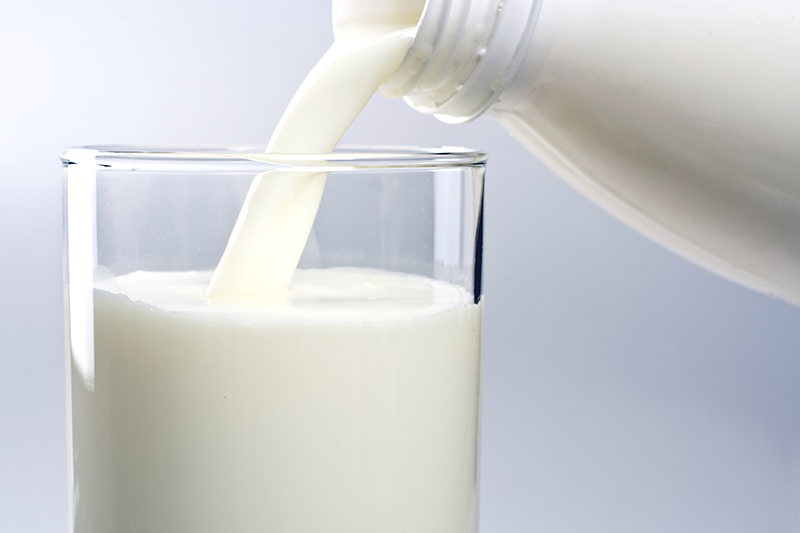When you’re ordering a coffee these days, deciding what milk to have it on is almost as important as the coffee itself (well, nearly). Accidentally getting full-cream milk when you wanted soy is just not acceptable anymore plus most cafes now have a full suite of dairy-free alternatives.
It’s not just a conundrum for those of us on a lactose-free diet, many people just prefer the taste of alternative milks or like to balance the amount of dairy they consume over the week. Each milk has its own benefits and downsides. We’ve investigated three common varieties to find out how they stack up nutrition wise.
1. Soy milk
The soy latte has become a popular order among coffee lovers, mainly because it’s a delicious beverage. Soy milk is also a very popular and readily available milk alternative.
Whether it’s better for you than cow’s milk is a question that’s ignited much debate online. Even some experts are divided.
Dietitian Denise Griffiths told ABC’s Health & Wellbeing: “Soy isn’t automatically a better choice than dairy in every case.”
“If you’re having full-fat dairy, then soy might be a better alternative, but if you’re making good choices with your dairy products then there’s no need to switch.”
It’s no surprise dietitians would follow the “everything in moderation” mantra but when it comes to soy milk one thing to watch out for is sweeteners. Some brands use sugar which is fine if you’re not keeping a sugar-free diet but not if you’re consuming it without realising.
Our recommendation is to check labels when you’re buying soy milk and to opt for the ones that are sweetened on rice malt syrup or not sweetened at all (which are difficult to find). It’s even more difficult to find cafes which use sugar-free soy milk so maybe that’s the time to just treat yourself.
2. Almond milk
Not all almond milks are created equally. The good kinds are full of vitamin E which “helps with cell regeneration in the body” according to The Sydney Morning Herald’s Sarah Berry.
“It’s also full of omega 3 fats, which are handy helpers for balanced mental health and cholesterol levels,” she wrote in article about the almond-based milk alternative.
The lifestyle journalist found that some brands of almond milk only contain 2 per cent almonds.
“The other 98 per cent of your expensive ‘milk’ is water with some emulsifiers, and sometimes the odd sweetener thrown in, along with nutrients such as vitamin A and D that have been artificially added,” Ms Berry said.
So what do you do? Well, you just have to be a savvy consumer. Not all of us have the time to make our own nut milk at home so do your homework, find a brand that has the right balance of ingredients. Organic versions, you’ll find, are usually better quality.
3. Rice milk
News Corp nutritionist Lisa Guy said in an article that rice milk is usually made on brown rice, which is a healthy wholegrain.
“Since it is free from cholesterol, saturated fat and lactose, rice milk is considered a healthy choice for those intolerant to dairy,” she said.
However, Ms Guy also advised that rice milk was low in calcium and protein, so it’s important to look for brands that have been fortified to ensure you’re getting enough calcium.
“Rice milk is also considered a high-GI food, and lacks the vitamin A that full-fat cow’s milk contains,” she explained.
Time Magazine came to the same conclusion.
“Rice milk is great for lactose intolerance, but it has twice as many carbohydrates and is not nutritious alternative for milk,” health journalist Courtney Subramanian wrote.
“Balance rice milk with other sources of protein, or look for brands that enrich the milk in chickpea protein to get an extra boost of calcium.”





